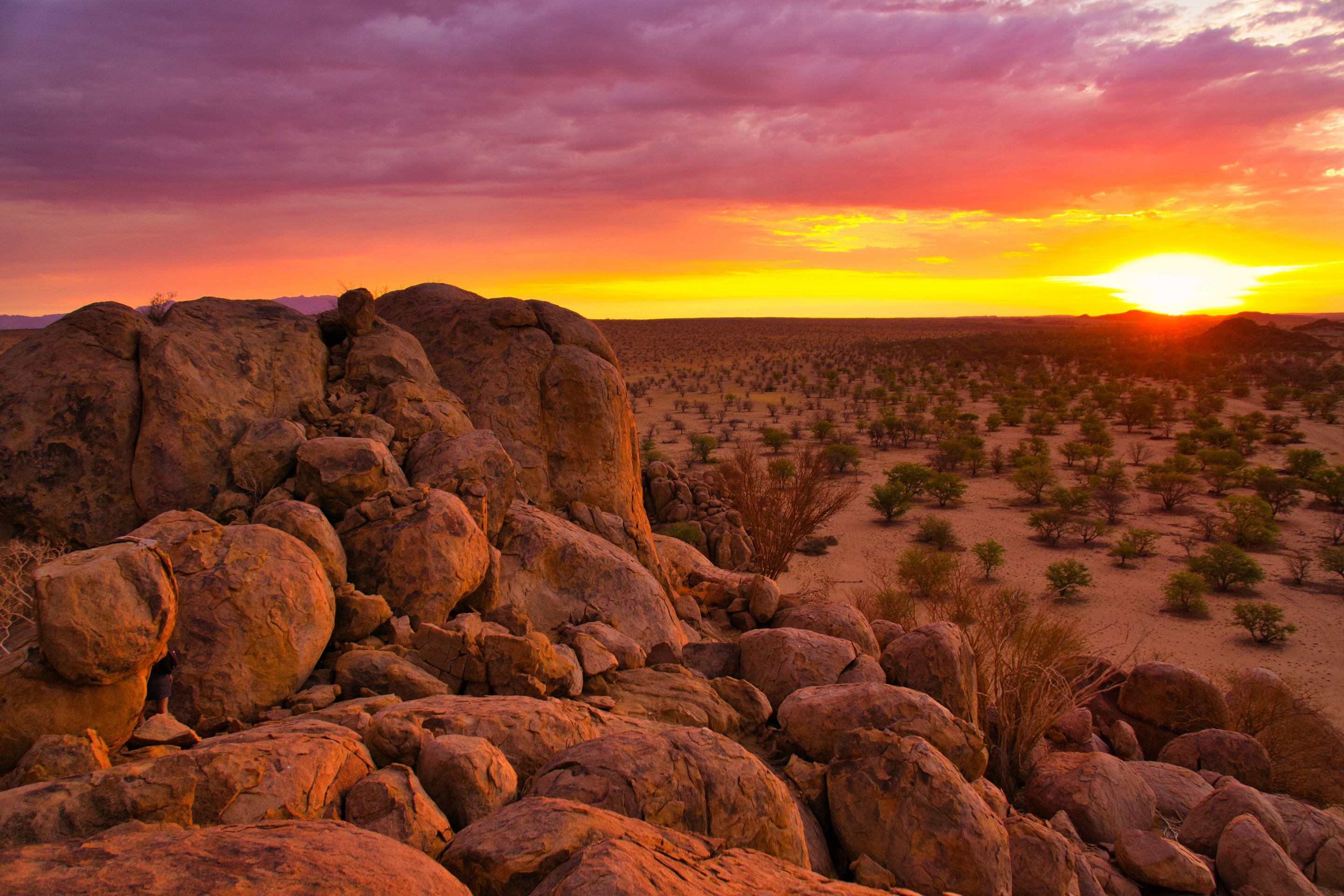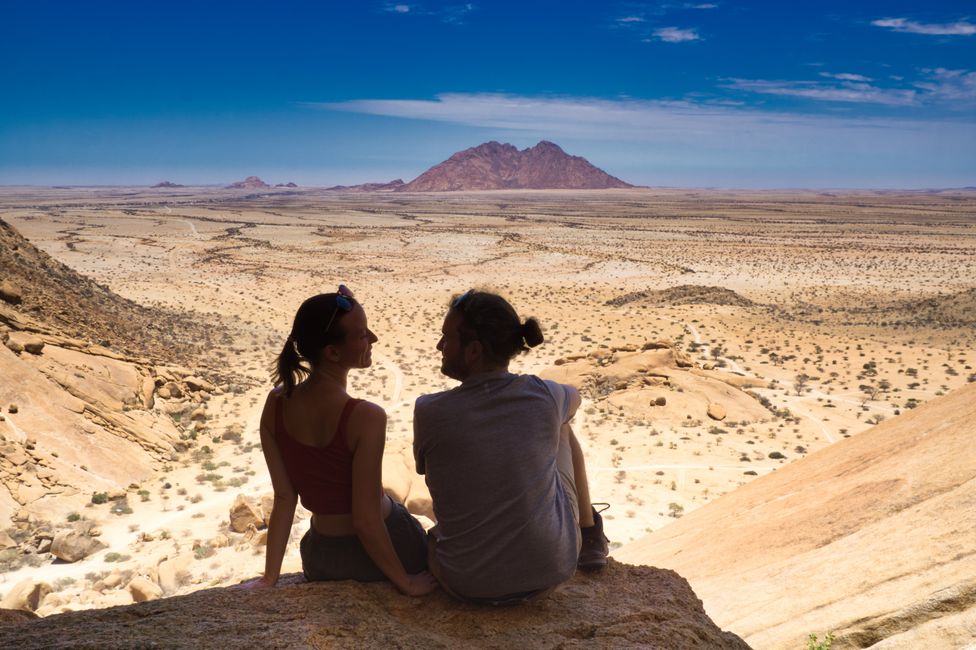ISimangaliso Wetland Park - summer, sun, sunshine
Argitaratu: 28.05.2022
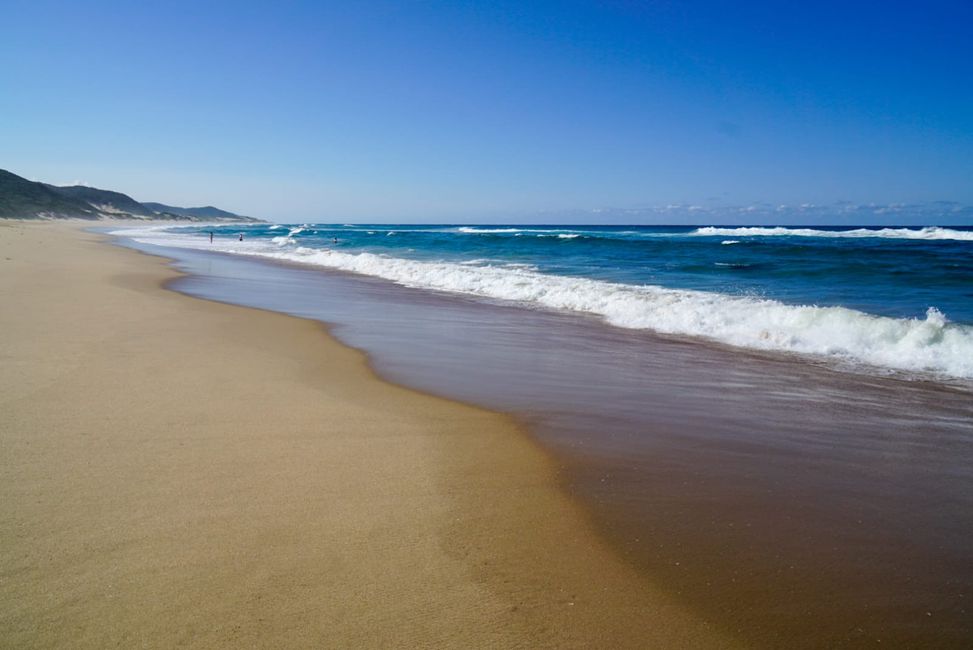
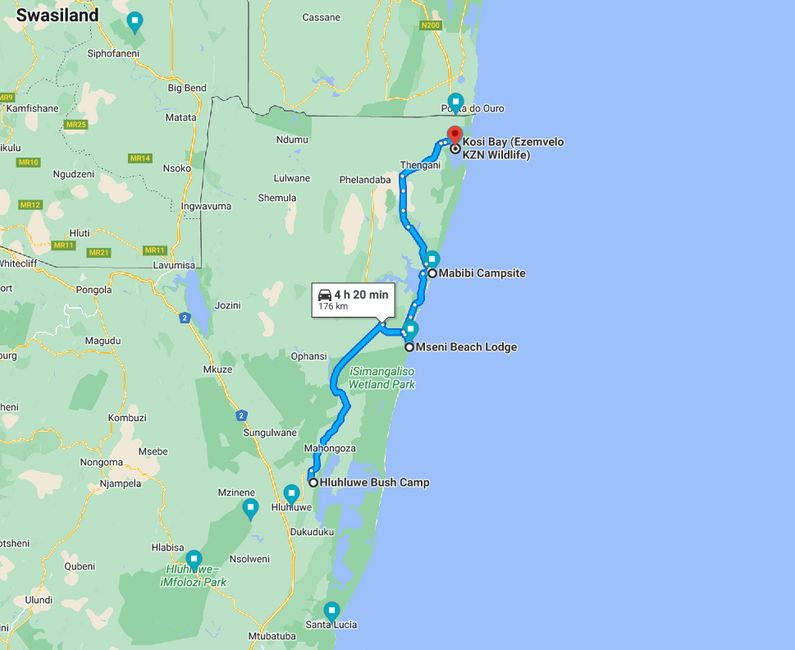
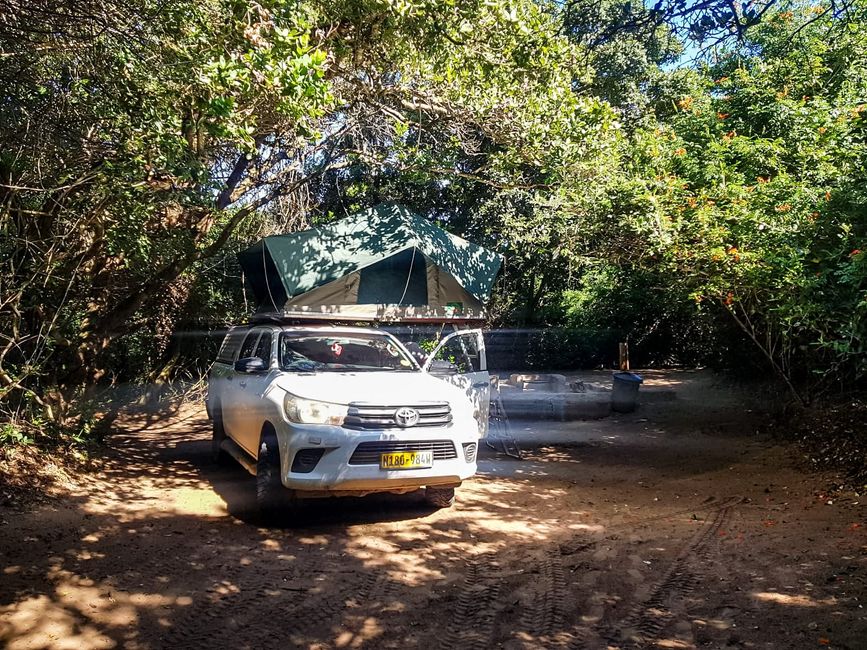
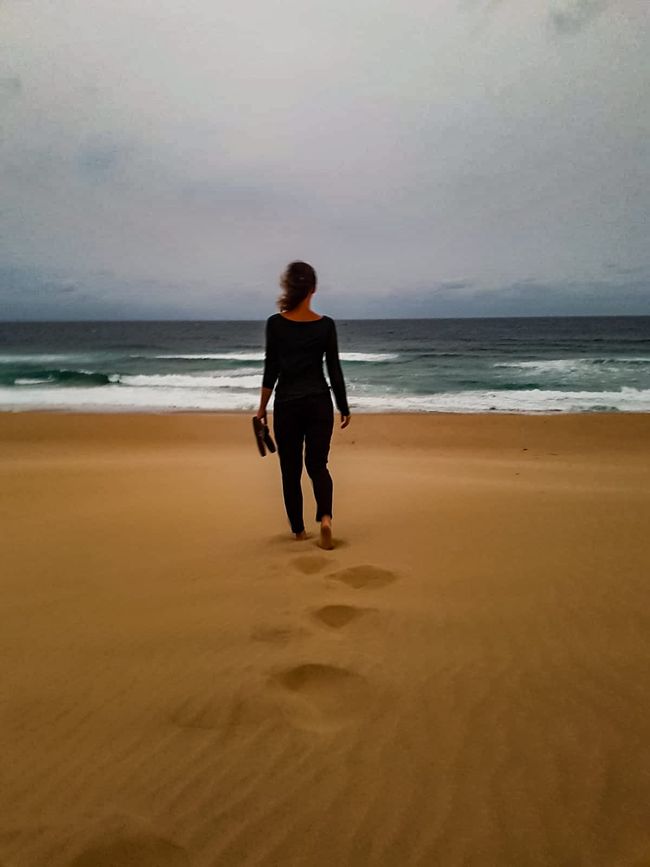
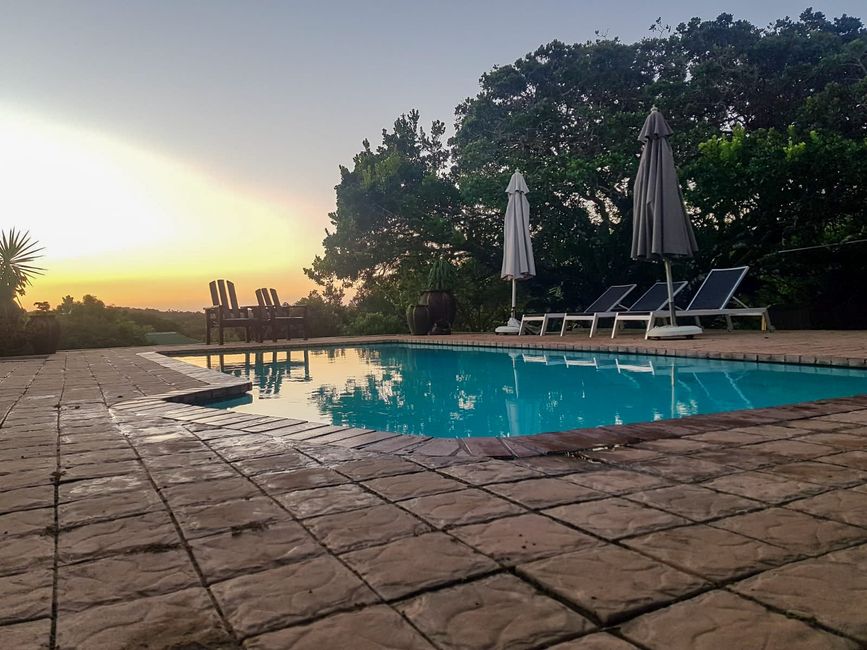
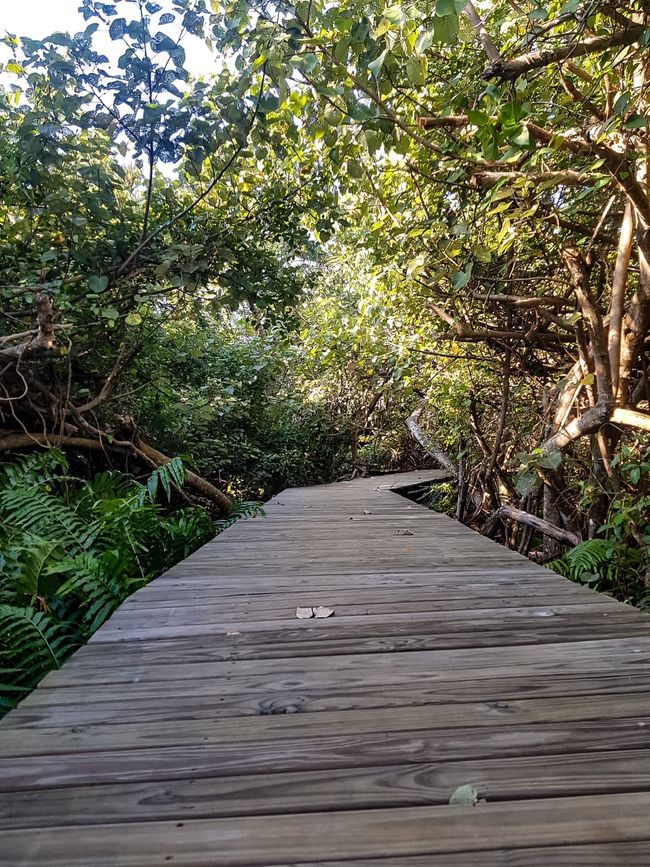
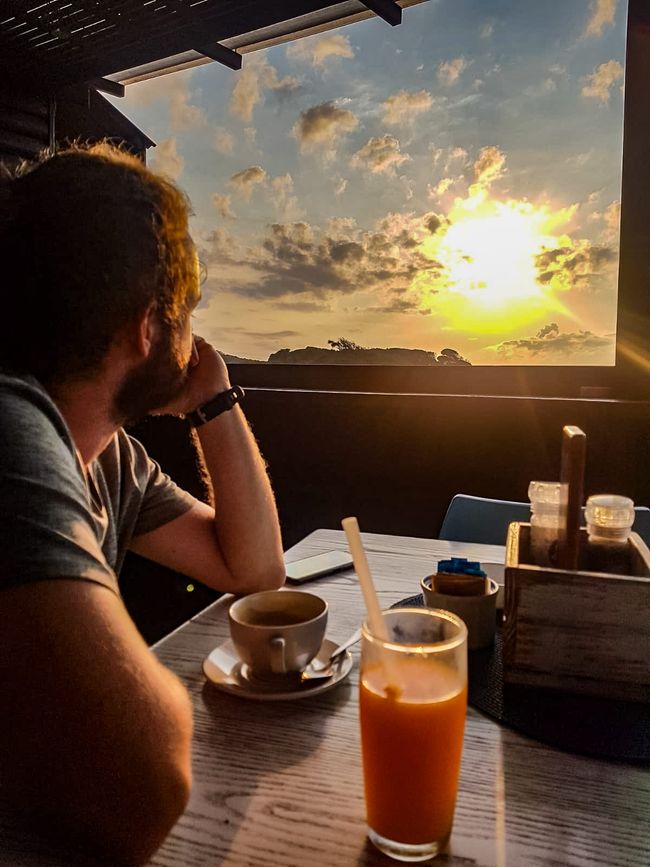
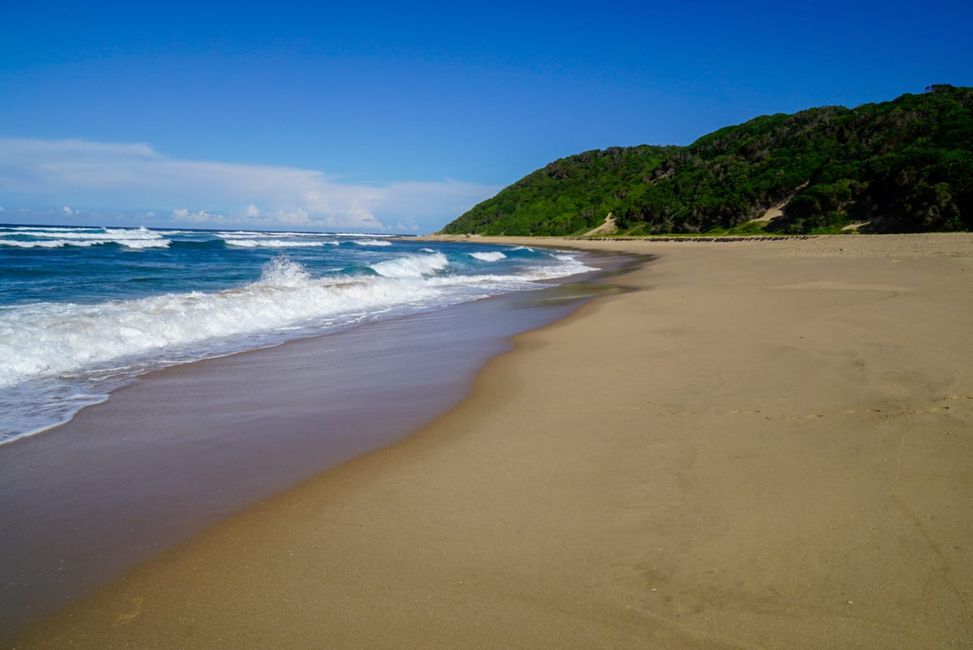
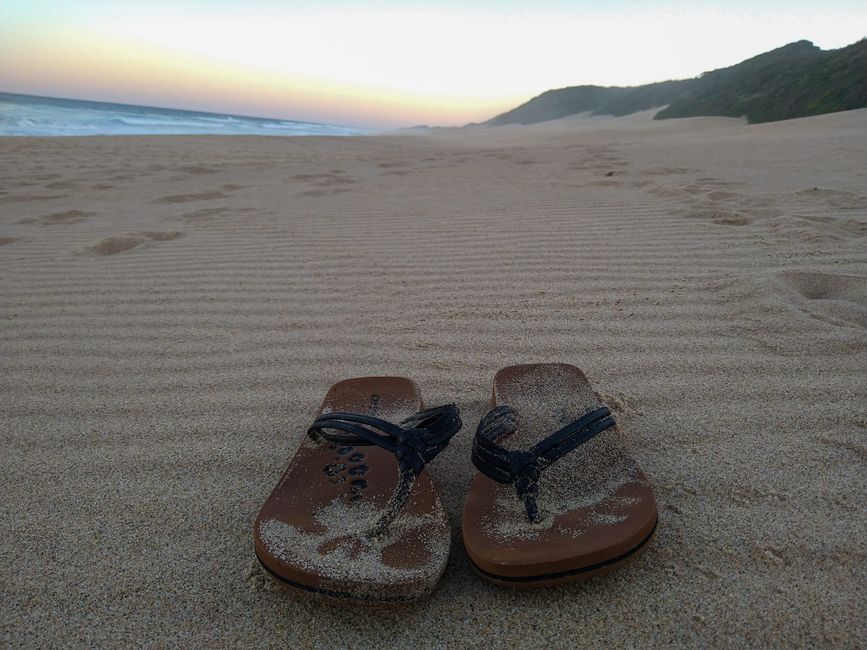
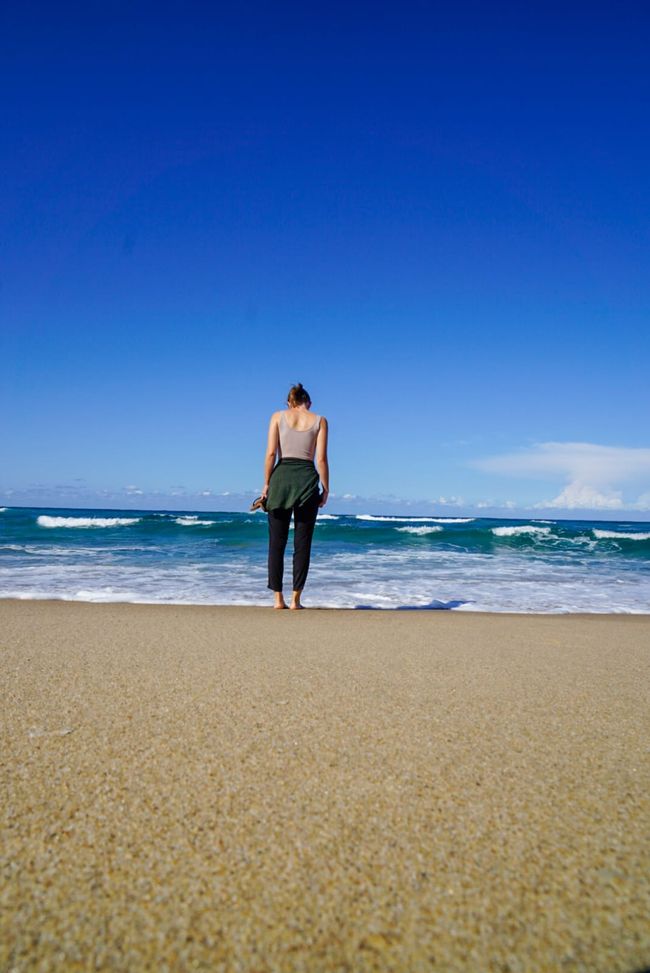
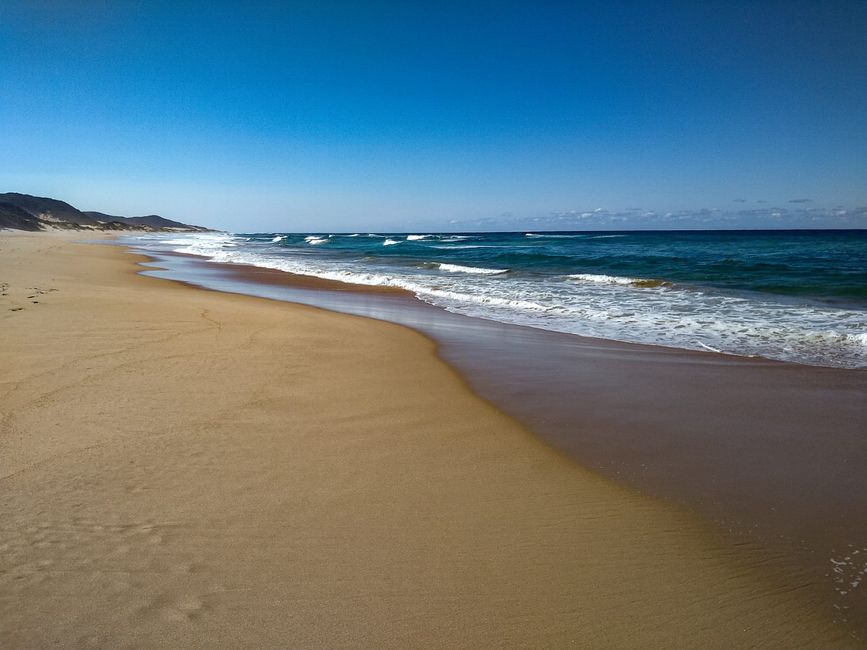
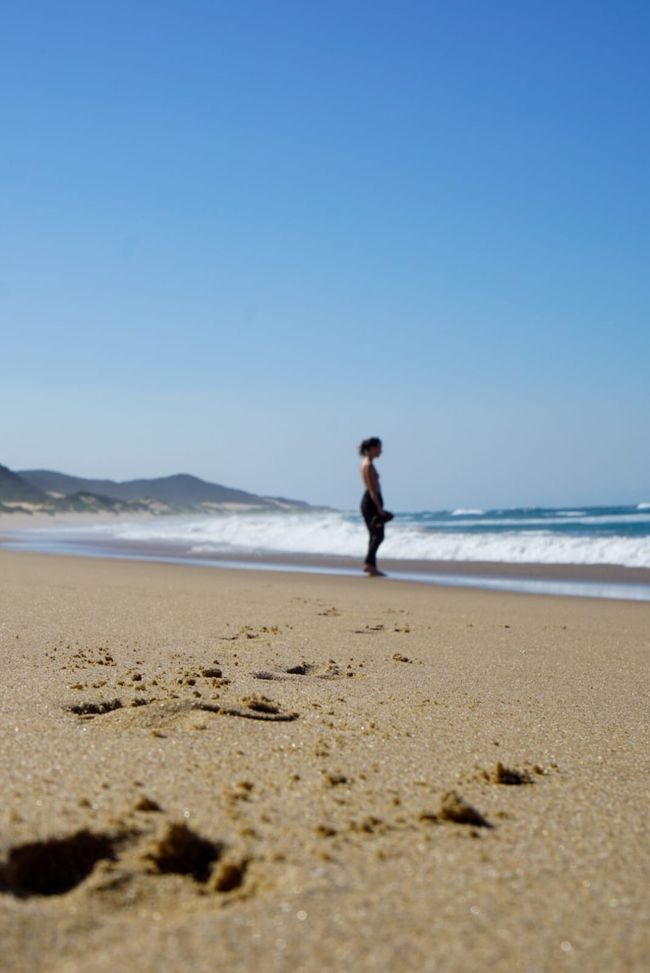
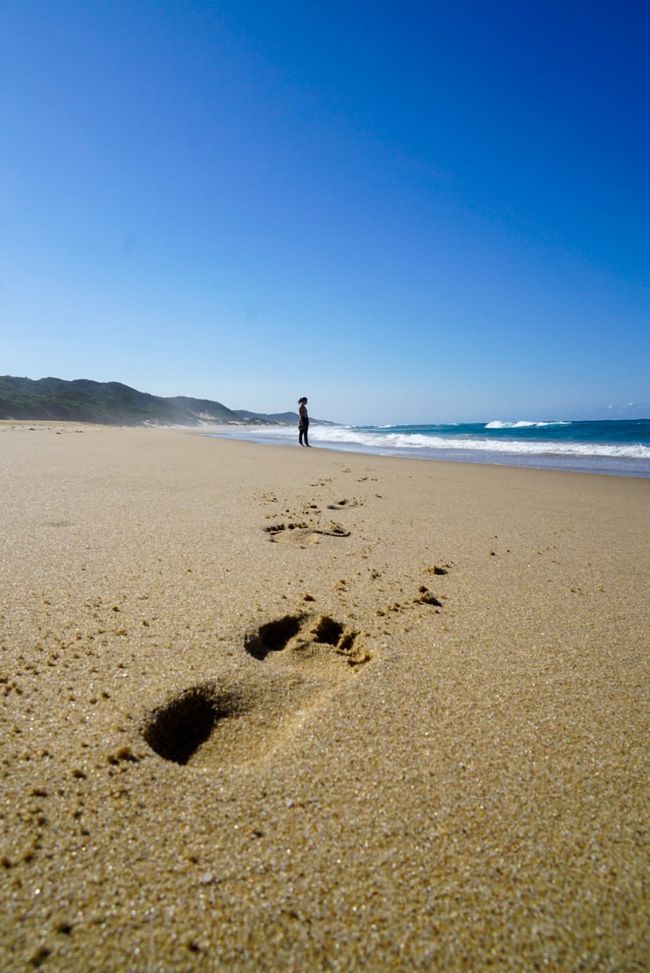
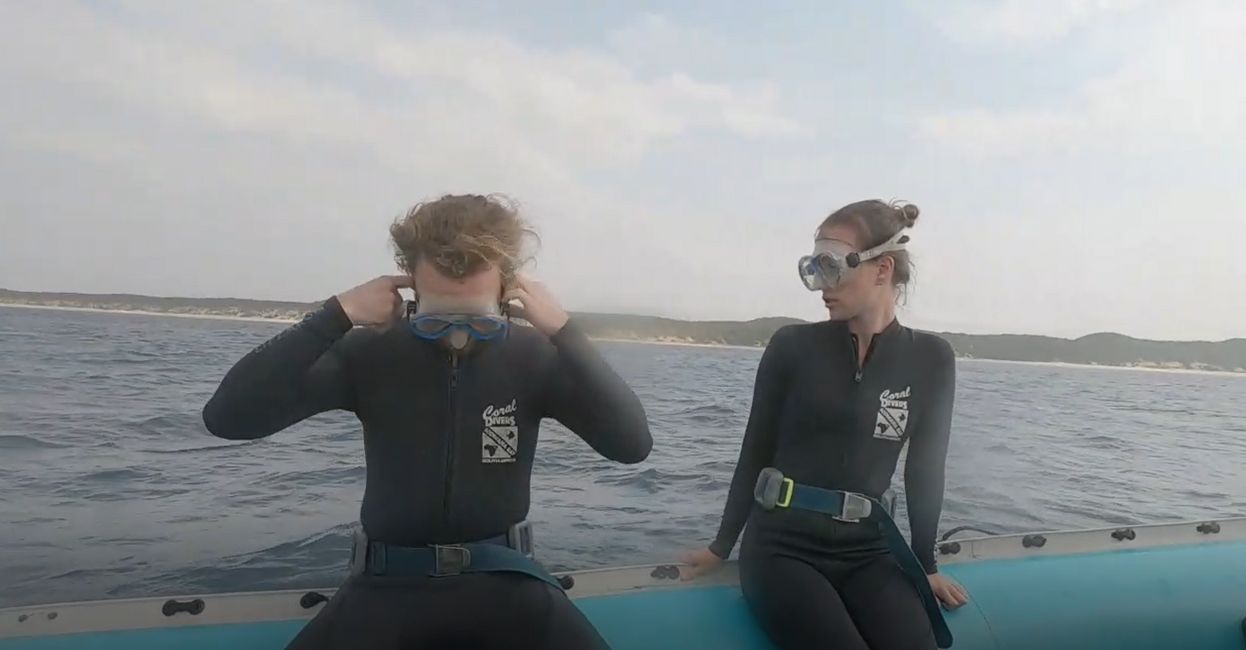
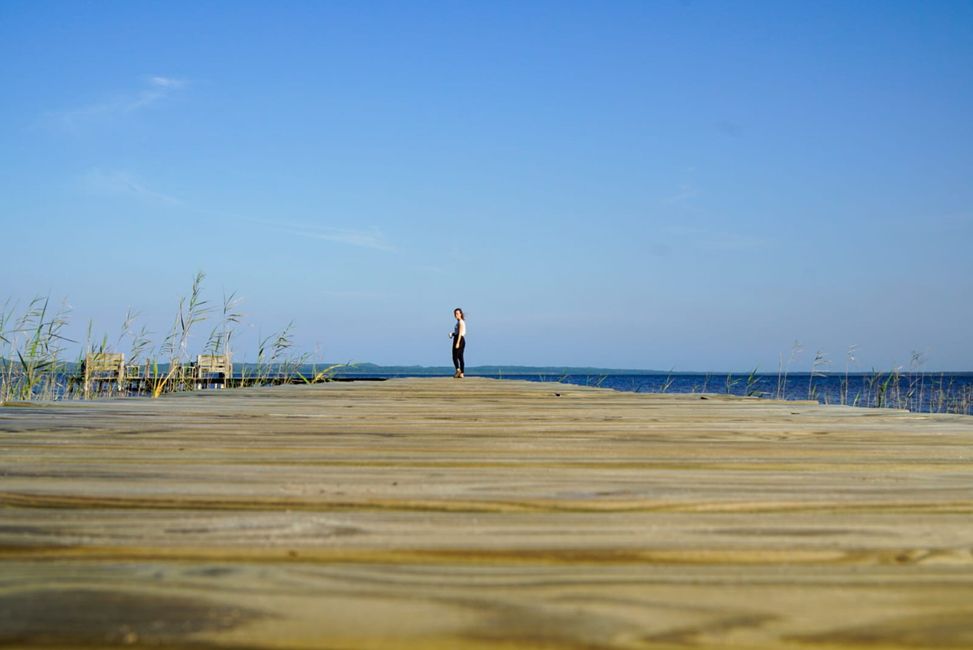
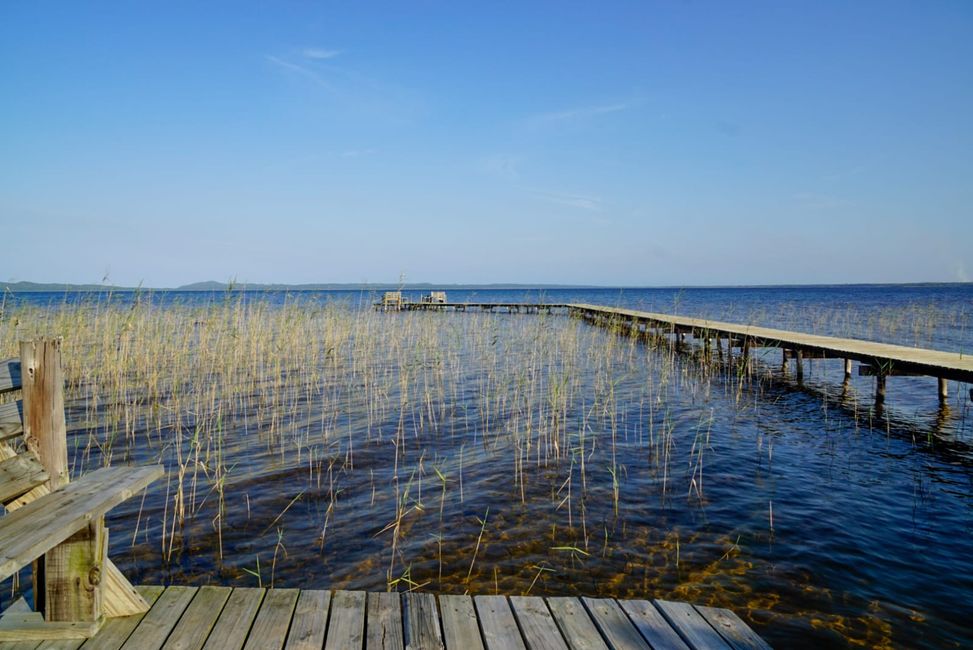
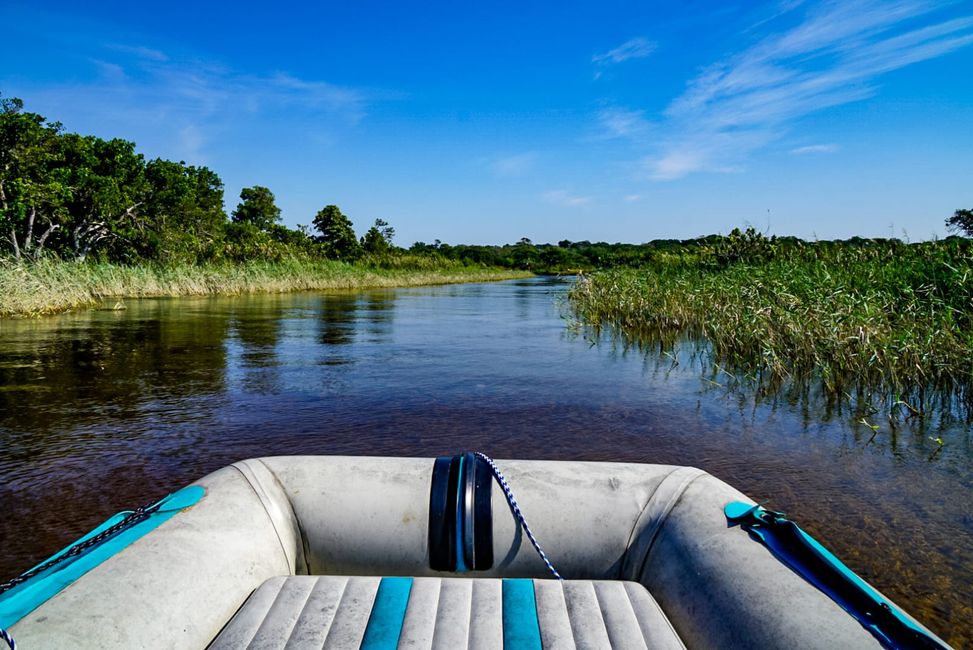
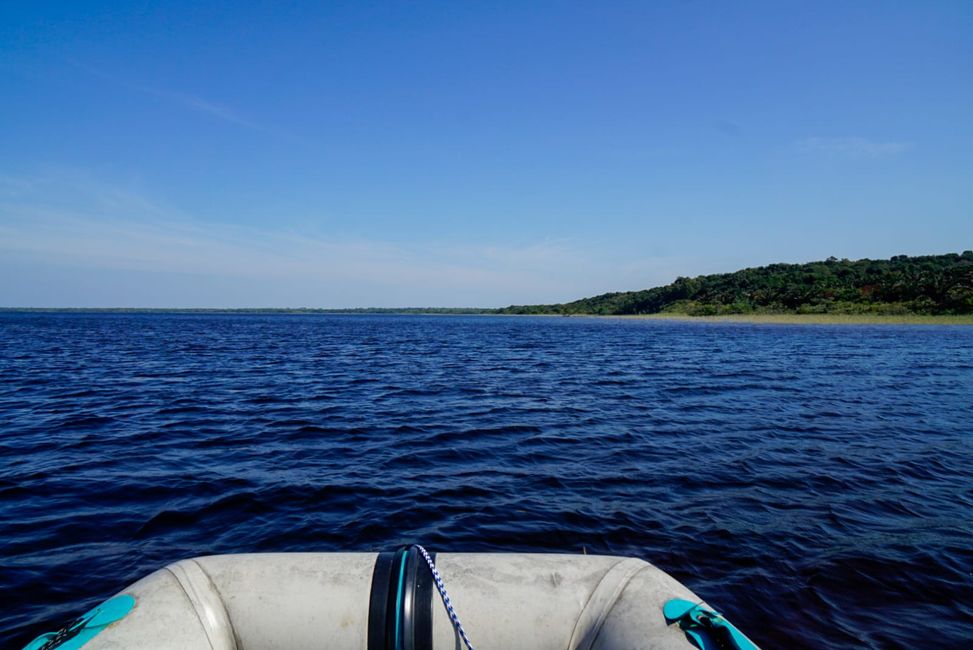
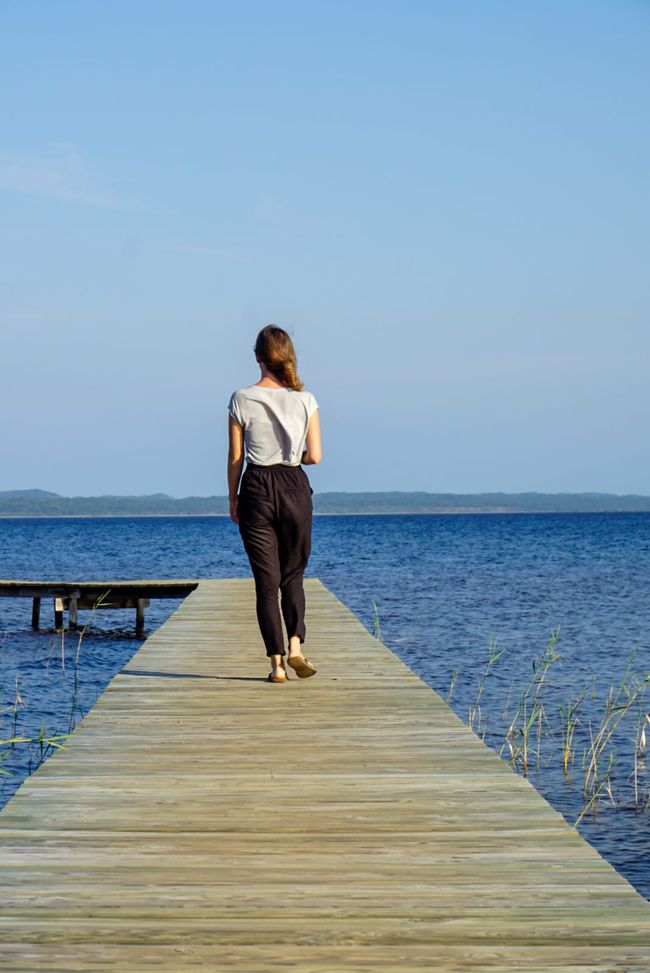
Harpidetu Buletinera
After the frigid nights in the Drakensberg, the warmth on the Indian Ocean coast feels almost unreal, as if we were in another country. The iSimangaliso Wetland Park doesn't feel like it has much in common with the South Africa we've gotten to know so far, because in contrast to the stony, barren desert landscapes of the Karoo or the green mountains of the Garden Route, we now find ourselves in subtropical to tropical vegetation. The protected area - after the Kruger National Park the second largest in the country - stretches as a narrow strip about 200 kilometers long up the coast to the border of Mozambique and has had UNESCO World Heritage status since 1999.
A bit north of Sodwana Bay is the cute little Mabibi Camp right on the beach. There are no school holidays in South Africa in May and so we have the campsite and the endlessly long, fantastically white sandy beach almost to ourselves. Far and wide there are no villages or people, only lonely sand dunes. The forested dune walls in iSimangaliso Park, which in some places you have to cross to access the beach, are short but rank among the second highest forested sand dunes in the world. Here you can simply unwind, let the fine sand run between your fingers or swim in the pleasantly warm Indian Ocean. Splendid!
Finally, to the north of the iSimangaliso Wetland Park is Kosi Bay, which is known as a snorkeling paradise or simply as an “aquarium”. Since we caught a bit of a cold while diving, we prefer to skip snorkeling and explore the lake landscape by boat. Connected by narrow, natural canals that reach the ocean, the four lakes are among the wildest and most pristine regions of South Africa. Only the fishermen of the Tsonga people live on the narrow strip that separates the lakes from the sea. There are no bridges and so the children have to wade through the approximately one meter deep water of the canals on their way to school. The motor boat that was once provided by the government to reach the other shore has long since fallen into disuse as the locals find petrol too expensive. The fact that the largest crocodile and hippo populations in South Africa live here in the lakes is probably irrelevant. If two little hippos weren't swimming alongside our boat, the idyllic lakes would almost remind you of Lake Constance because of the many reeds that are used to build house roofs. A small jetty protrudes from our campsite into the water and reveals a bench at the other end, where we enjoy our sundowners. Summer sun sunshine. That's really bearable.
Harpidetu Buletinera
Erantzun
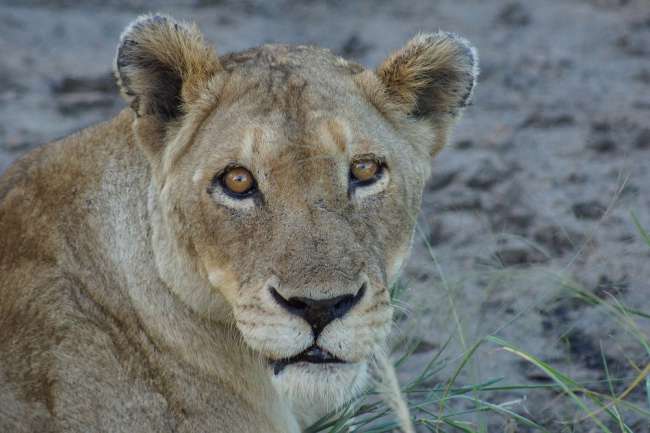
Bidaien txostenak Hegoafrika
